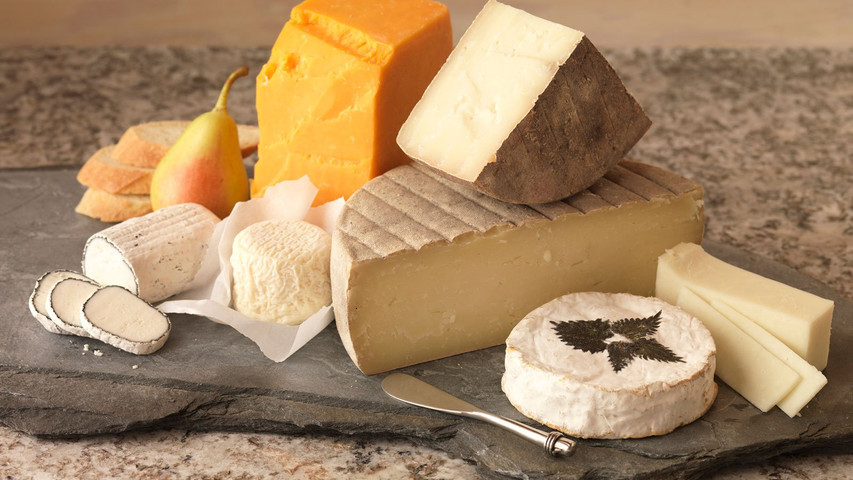Different Types Of Cheese
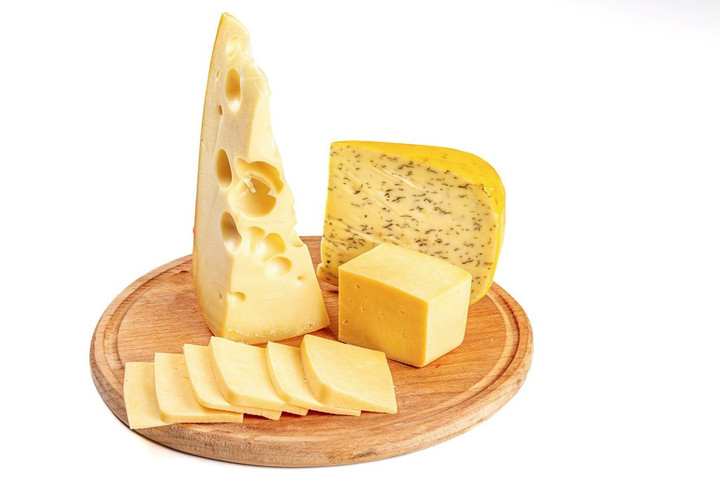 Every European country has their own classification of cheese and the more cheese they have the more complicated they are. Fortunately however, unlike the cover of a book or the skin of an animal, the rind of cheese tells you a great deal about what’s beneath and with a little experience you can determine the basic character of all but a handful of cheeses.
Every European country has their own classification of cheese and the more cheese they have the more complicated they are. Fortunately however, unlike the cover of a book or the skin of an animal, the rind of cheese tells you a great deal about what’s beneath and with a little experience you can determine the basic character of all but a handful of cheeses. From its strength of flavour to its age and even its condition. The moisture in a cheese determines not only its texture but also the type of rind or mould it will develop allowing even a beginner to reduce the terrifying array of cheese in a cheese counter into some semblance of order. Here are some different types od cheese found around the world.
Every European country has their own classification of cheese and the more cheese they have the more complicated they are. Fortunately however, unlike the cover of a book or the skin of an animal, the rind of cheese tells you a great deal about what’s beneath and with a little experience you can determine the basic character of all but a handful of cheeses.
Every European country has their own classification of cheese and the more cheese they have the more complicated they are. Fortunately however, unlike the cover of a book or the skin of an animal, the rind of cheese tells you a great deal about what’s beneath and with a little experience you can determine the basic character of all but a handful of cheeses. From its strength of flavour to its age and even its condition. The moisture in a cheese determines not only its texture but also the type of rind or mould it will develop allowing even a beginner to reduce the terrifying array of cheese in a cheese counter into some semblance of order. Here are some different types od cheese found around the world.
1 - Fresh
Typically only a few days old they are easy to recognize because they are too young to have developed a rind and with their high moisture content the texture feels wet and mousse-like, stringy like authentic mozzarella or, if pickled in salt becomes firm but crumbly like Feta. They are bright white, mild, lemony or lactic with just a hint of the potential flavour of the milk. Some are wrapped in chestnut leaves, rolled in ash or covered in herbs.
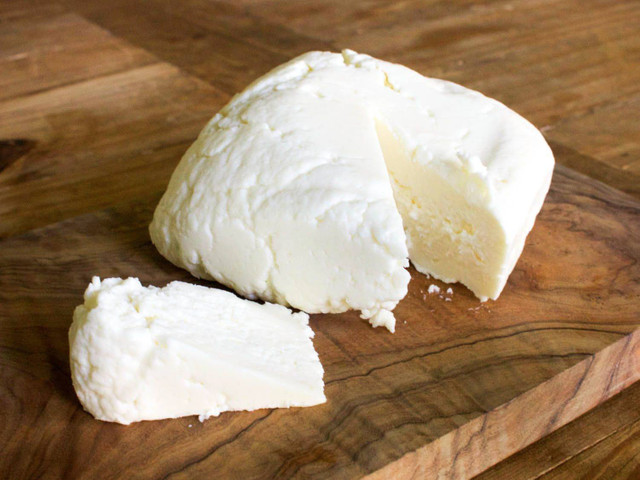
2 - Aged Fresh Cheese
These are “Fresh” cheeses, almost always goats’ milk, that have been allowed to grow a thin almost transparent rind. As the cheese shrinks the pinky-white rind wrinkles and a dusting of delicate blue grey mould develops. If allowed to dry out the wrinkles become crevasses, the blue mould darkens and eventually the interior becomes almost brittle and the flavour intense and very goaty.
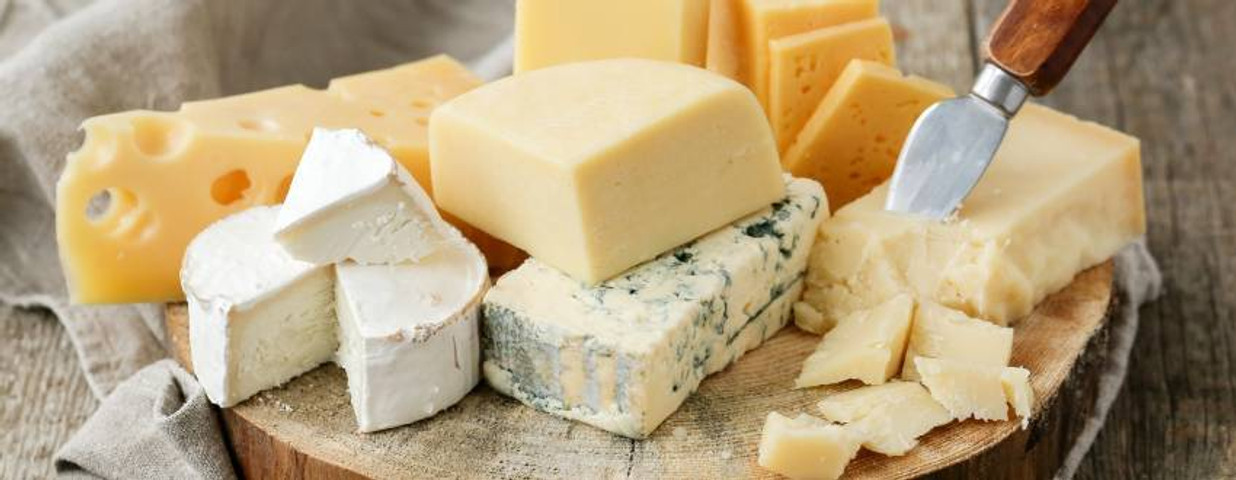
3 - Soft White Rind
These grow a fine white crusty rind of penicillin candidum mould, which helps ripen the cheese and prevents the soft, voluptuous interior from drying out. Mild, sweet and buttery with a hint of mushrooms when young, they can develop a robust savoury aroma like mushroom soup made with beef consommé with just a hint of sherry on the finish. Some artisan cheeses will develop reddish-brown ferments or yellow moulds. Some are made with added cream producing a rich, creamy double or triple cream cheese. The extra cream means they will not run like a Brie and may be eaten fresh or mature.
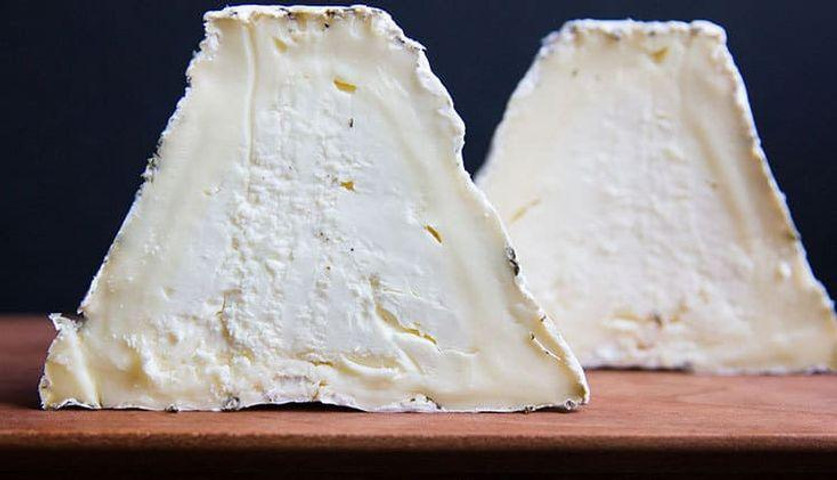
4 - SEMI-SOFT
The curd is lightly pressed to remove whey and create a rubbery, elastic texture. They attract a variety of grey, white and brown moulds, which are regularly brushed off, gradually building a fine leathery rind. Some like Edam have a barely formed rind and are generally mild, buttery and sweet. Those with a thicker, mould-encrusted rind are denser and taste stronger, more earthy. Some are repeatedly 'washed ' in brine [often finished with alcohol!] which encourages the orange, sticky, bacteria to develop. The result is a feisty, pungent flavour and aroma.
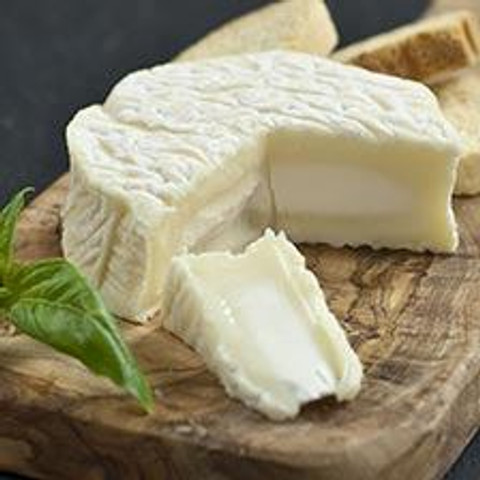
5 - Hard Cheese
Hard cheese are pressed for hours or even weeks to remove the whey and compact the curd. Traditional hard British cheeses like Cheddar or Lancashire were wrapped in cloth while in Europe they tended to be soaked in brine; both were to seal and protect the cheese from drying out in the curing cellars where they remain for months or even years. They attract a masterpiece of white, blue, grey, even pink or yellow moulds but most are brushed off during ripening resulting in a thick, smooth and polished rind like Parmesan to barely formed like Cheddar. As they have a low moisture content they take longer to mature and are typically more complex and stronger in flavor.
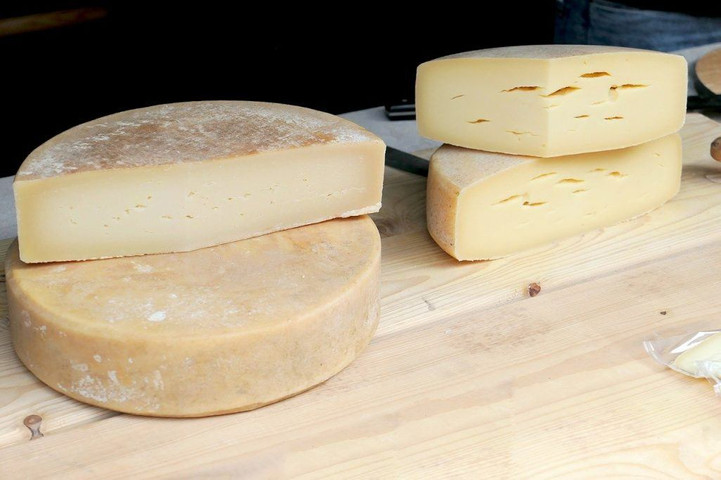
6 - Blue Cheese
Blue penicillium mould is sprinkled into the vat before the milk has curdled then the curd is cut, piled into moulds and drained. The blue however needs air to develop so the cheese is pierced allowing air to penetrate the curd along the tunnels created and in the gaps between the curds. The spicy taste is due to the reaction between the curds and the blue mould as they age together. Blue brie style cheeses with their soft white rind are milder and much creamier.
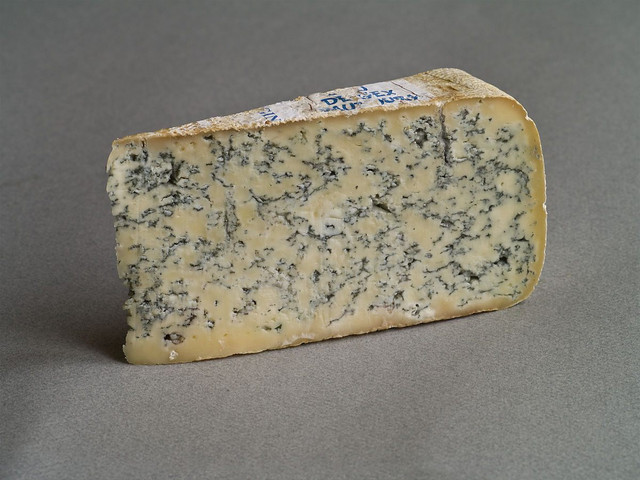
7 - Flavor Added
Hard cheeses like Gouda, White Stilton, Wensleydale or Cheddar.to which a variety of flavors like nuts, fruit or herbs are added. Those made where the ingredients have been added to the cheese from the beginning are infinitely better than blended cheeses made by combining a young cheese with various ingredients in a blender then pressing them into a “shape”.
